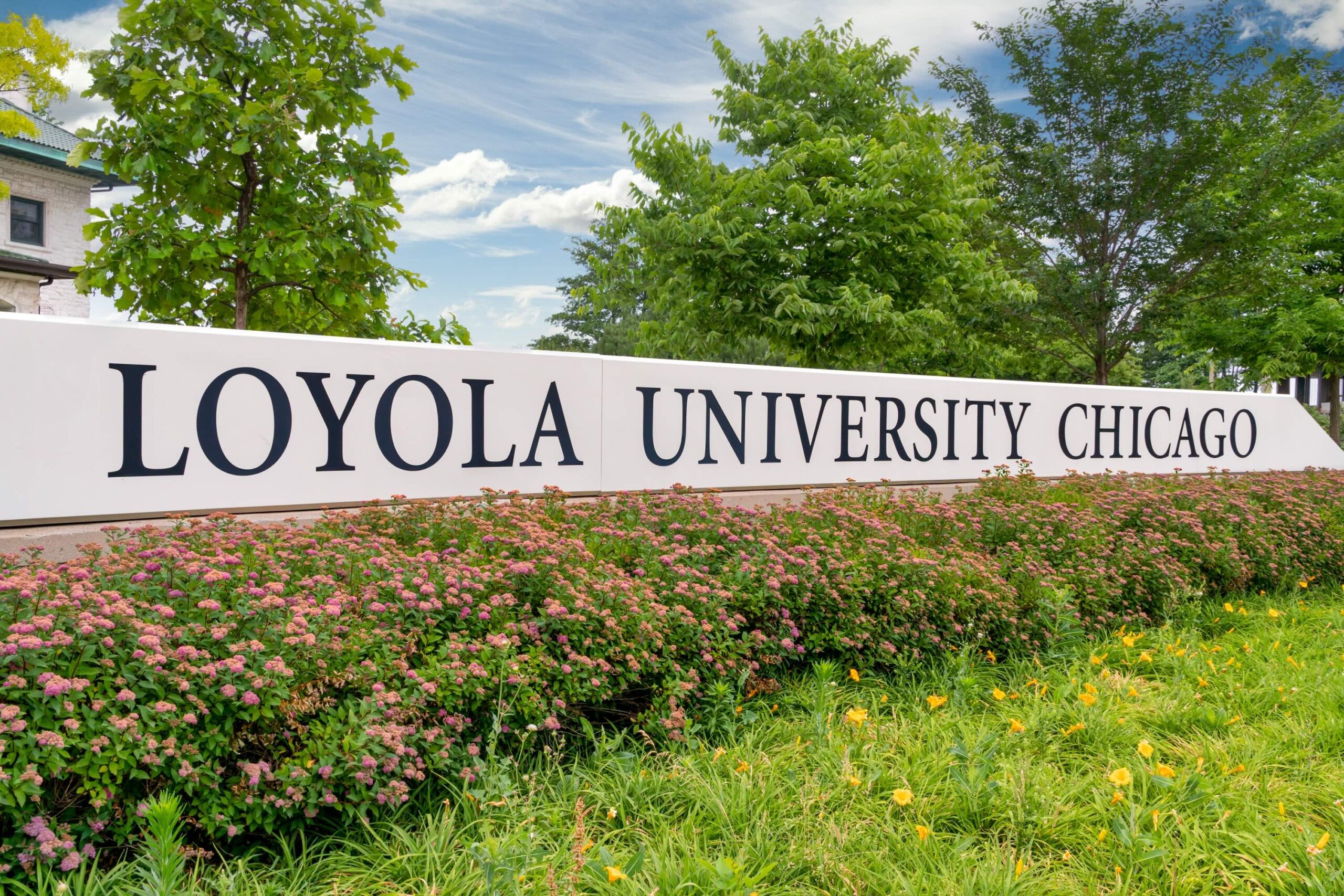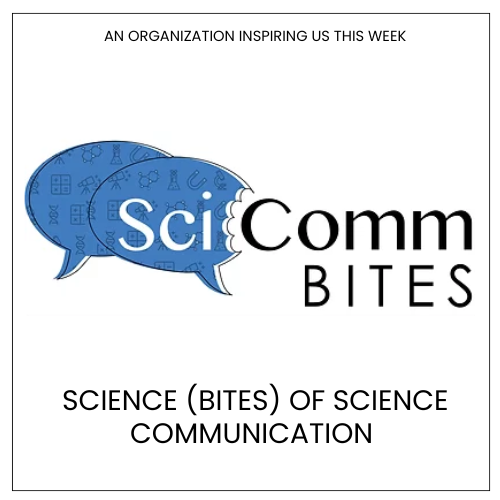Civic Science Observer
An ethics-based approach to fostering STEM Identity: A look into the Loyola University Chicago Dana Program for Neuroscience and Society

If you are reading this article, chances are you are interested in neuroscience in some way, shape or form. You might even see yourself as a neuroscientist one day, are studying to become one, or are currently researching the brain in a lab or treating it in a hospital. If this is true, then Dr. Bill Rochlin, Professor of developmental neurobiology at Loyola University Chicago, would say that you have successfully tapped into your “STEM Identity.”
You see yourself as a valuable contributor to science, technology, engineering and math. However, not everyone, including many young children in our schools today, is fortunate enough to confidently say this about themselves. In an effort to change this, Dr. Bill Rochlin and his colleagues at Loyola University Chicago launched their new Program for Neuroscience and Society this past spring.
The program is funded by the Dana Center Initiative of the Dana Foundation, a philanthropic organization that supports research in neuroscience and society, education, training, and public engagement on neuroscience and society issues. You can read more about the Dana Center Initiative here.
The program at Loyola is led by Dr. William Rochlin, Dr. Elizabeth Wakefield, Dr. Demetri Morgan, Dr. Bastiaan Vanacker, and Dr. Joseph Vukov, who have chosen to focus their efforts in neuroscience and society on the younger generation of Chicago. The Civic Science Times discussed these efforts with Dr. Rochlin, Associate Professor in the Biology Department and Director of Molecular/Cellular Neuroscience, and Dr. Wakefield, Associate Professor in the Psychology Department.

Loyola has partnered with schools that serve underprivileged communities, including those that haven’t had great exposure to academic neuroscience. Dr Rochlin explains that they want the students participating in the program to develop a STEM identity: “confidence in their STEM learning and skills and interest in pursuing a STEM career, through gaining comfort in working with STEM mentors and an understanding of the relation between STEM work and societal impact.”
Dr Rochlin, Dr. Wakefield and their colleagues facilitate this by grounding neuroscience topics in neuroethics. Dr. Rochlin explained that by integrating neuroscience learning with ethical discussions, the program allows young people, even those with little knowledge of the science, to have a stake in neuroscience.
The program consists of three phases: the first is an after-school program where neuroscience topics are introduced to high school students in the context of ethical considerations, during the second phase the students are invited to conduct research projects in neuroscience labs at the university over the summer to experience hands-on lab work as well as professional development advice, the third phase concludes the program with a Neuroscience and Society Day in which middle school students are invited to Loyola’s campus to participate in discussions on neuroscience and its ethical implications led and organized by the high school students who participated in phases 1 and 2.
The three phases were carefully crafted to enable students to fully immerse themselves in neuroscience and start to identify as scientists. Because students approach neuroscience through the lens of ethics, they engage deeply with what they learn. Through lab research, students can get hands-on experience in neuroscience labs. And through the Neuroscience and Society Day, high school students become leaders in their neuroscience topic of choice applying all that they have learned through the program.
Dr. Wakefield clarified: “The hope is that this near-peer mentoring approach will empower the high school students, many of whom hold identities traditionally minoritized in STEM fields, to persist in neuroscience. At the same time, the high school students will serve as role models for the middle school students, inspiring the younger students’ interest in neuroscience and awareness of the connections between neuroscience and societal issues with the eventual goal of broadening representation in the field.”
A second piece of the program involves university students by hosting a series of neuroscience competitions for undergraduate and graduate trainees. While these competitions are neuroscience focused, they involve other disciplines, in hopes that people start recognizing the interdisciplinary role neuroscience plays in society. The competition topics include neuro-art, neuroethics, neuro-journalism, and neuromarketing. They also will host a micro-grant competition, which is open to any non-profit organization in the Chicago area seeking to elevate neuroscience appreciation in their community or appreciation of community needs among neuroscience researchers.
While the Loyola Dana Program is just getting started, its leaders at Loyola U Chicago, as well as individuals from the Dana Foundation, find it critical to evaluate the impact of the program every step of the way. During our conversation, Dr. Wakefield explained that she, along with Dr. Morgan, are evaluating the impact of the program on the high school students. They have created a qualitative and quantitative pre-post interview protocol for the program.
The interview and surveys evaluate students’ STEM identity, before and after being in the program, as well as how much knowledge the students feel they have gained in neuroethics. Additionally, the program at Loyola will develop a website to disseminate their materials and findings. The program wants to see young people from all walks of life start to see themselves as scientists, those within Chicago and beyond Chicago. The team at Loyola hopes the website can become a resource for other universities and organizations, enabling those that are interested to engage high school and middle school students in their communities.
The Dana Center Initiative is founded upon the Dana Foundation’s three programmatic pillars, Dana Frontiers, Dana NextGen, and Dana Education, which you can read more about here. The Loyola Dana Program seamlessly fits with the Dana Education pillar because it focuses its efforts on including young people in the exploration of neuroscience, especially those without previous exposure.
Not only is the program teaching young people about neuroscience, but it is showing them a way in which they fit into the landscape of neuroscience research and practice. We are excited to follow Loyola’s program as it continues to engage students and publishes its findings.
Bernadette Weigman is a neuroscience and society reporter for The Civic Science Observer. She covers the civic dimensions of neuroscience, including its intersections with education, public engagement, and the broader societal implications of brain science. She engages with scholars and practitioners to learn about their public engagement work and how they navigate the ethical, cultural, and institutional challenges of bringing neuroscience into public life.

-
Civic Science Observer4 weeks ago
What are the objectives of the Neurotech Justice Accelerator at Mass General Brigham?
-
Civic Science Observer2 months ago
Dear Colleagues: Now is the time to scale up public engagement with science
-
Civic Science Observer2 months ago
Weekend Watch: At Boston College, the McMullen Museum of Art presents “Wonders of Creation: Art, Science, and Innovation in the Islamic World”
-
Civic Science Observer3 days ago
Dear Colleagues: Help us understand the national impacts of federal science funding cuts on early career researchers in academic laboratories






















